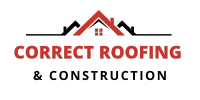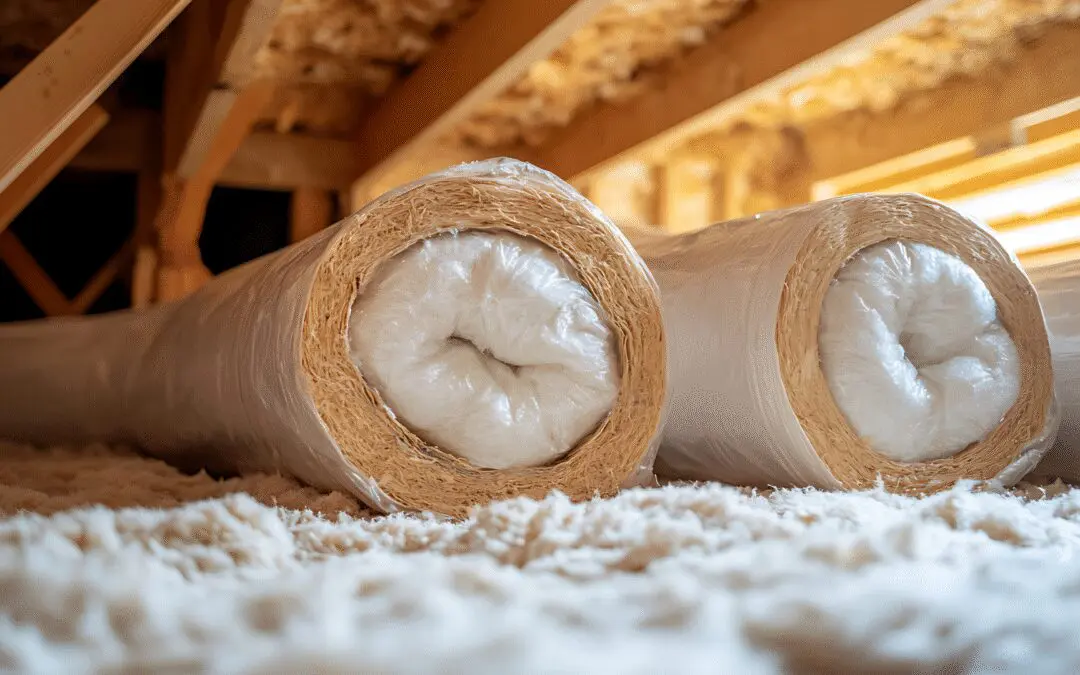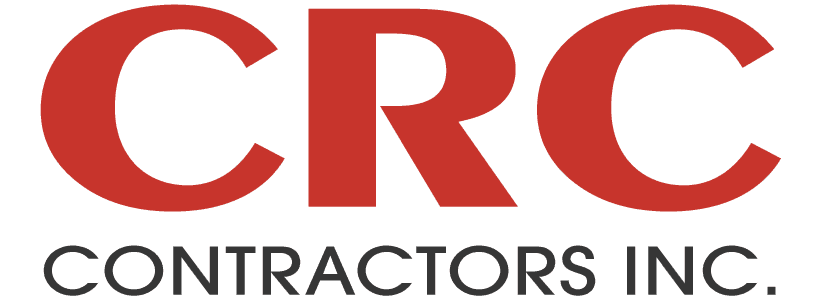As temperatures drop in Illinois, homeowners often notice moisture buildup in their attics, especially during the cold months. What may look like a minor issue can quickly turn into a serious problem if left unaddressed. Attic condensation can lead to mold, mildew, wood rot, and even damage to your roofing system. Understanding why it happens and how insulation plays a key role in preventing it can help protect your home year-round.
What Causes Attic Condensation?
Attic condensation occurs when warm, moist air from inside your home rises and meets the cold surface of your roof or attic walls. When the warm air cools, it releases moisture that turns into water droplets. Over time, this moisture can soak into the wood framing, insulation, and other materials, causing decay and compromising the structure of your home.
Common causes of attic condensation include:
- Poor insulation: Gaps or thin spots in insulation allow warm indoor air to rise and meet cold surfaces.
- Inadequate ventilation: Without proper airflow, trapped moisture has nowhere to go.
- Air leaks: Openings around light fixtures, vents, or attic hatches can let warm, humid air escape into the attic.
- Everyday household activities: Cooking, showering, and laundry can all add moisture to the air that finds its way up into your attic.
Why Proper Insulation Matters
Insulation serves as a thermal barrier between your living space and your attic. When installed correctly, it keeps warm air where it belongs, inside your home, and prevents it from reaching the colder surfaces of your roof. This reduces the risk of condensation forming and helps maintain energy efficiency.
Here’s how insulation helps prevent attic condensation:
- Temperature Control: Proper insulation keeps attic temperatures more consistent, minimizing the conditions where moisture can form.
- Energy Efficiency: Insulated attics help maintain comfortable indoor temperatures, reducing strain on your HVAC system and lowering utility bills.
- Protection Against Moisture Damage: Insulation helps reduce humidity buildup, which can lead to mold, mildew, and structural damage over time.
How to Prevent Attic Condensation
Preventing condensation requires a combination of insulation, ventilation, and sealing. Here are a few key steps to take:
- Seal air leaks: Close gaps around recessed lights, vents, and attic entrances to prevent warm air from escaping.
- Upgrade insulation: Add or replace insulation to ensure your attic has adequate coverage and R-value for Illinois’ climate.
- Improve ventilation: Install ridge vents, soffit vents, or attic fans to maintain steady airflow.
- Monitor humidity levels: Use a dehumidifier if necessary to keep indoor humidity below 50 percent.
In Conclusion
Attic condensation may seem like a small issue, but it can lead to costly damage if ignored. With proper insulation and ventilation, you can protect your roof, prevent moisture buildup, and keep your home comfortable and efficient through every Illinois season.
If you suspect attic condensation or need help improving your insulation, contact Correct Roofing and Construction (CRC) for an inspection. Visit correctrc.com to learn more or schedule your consultation today.


